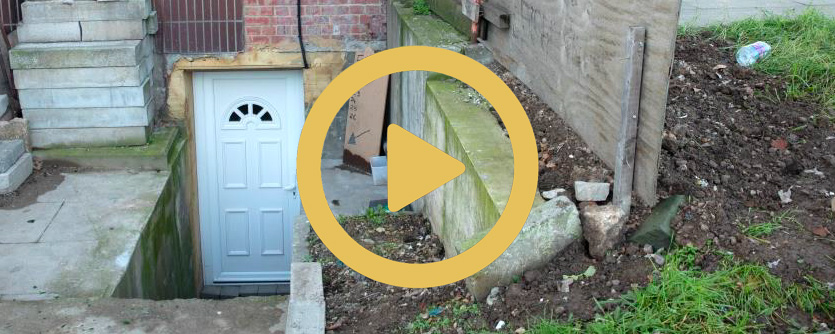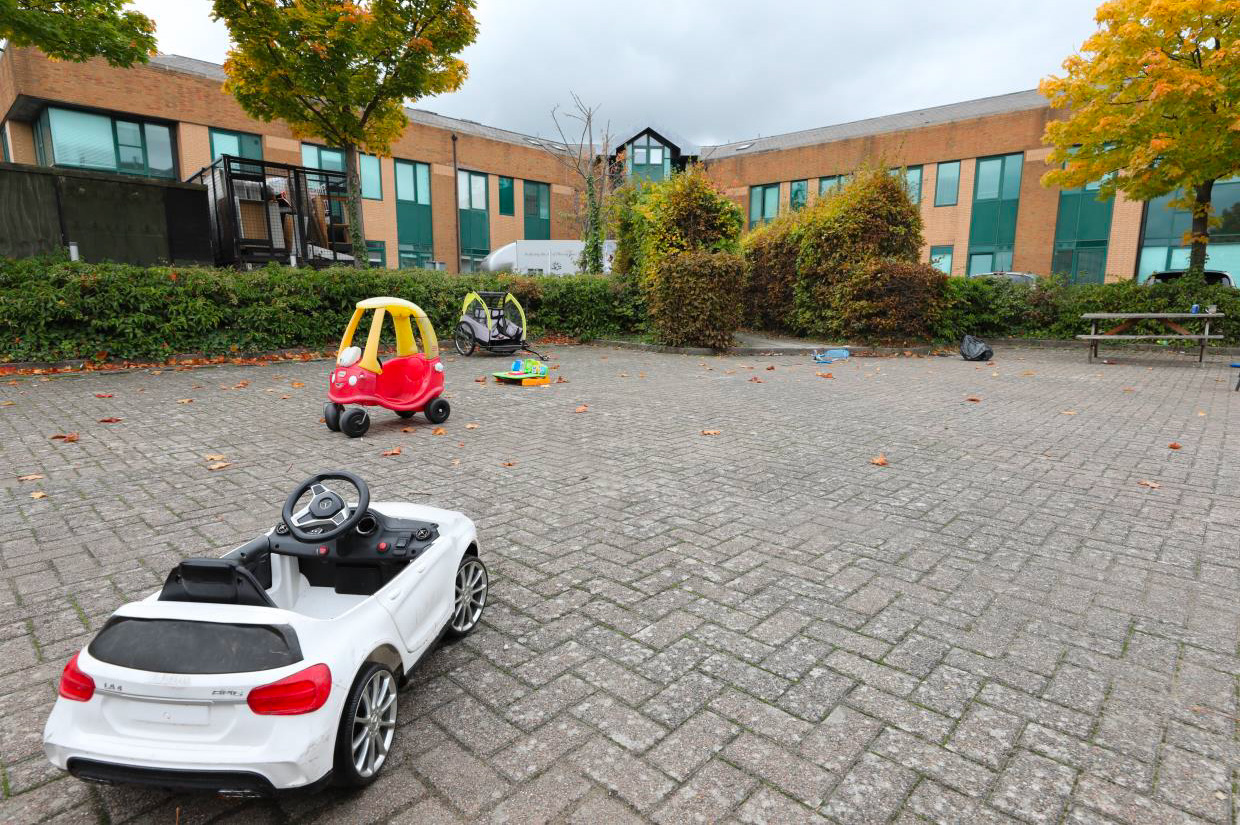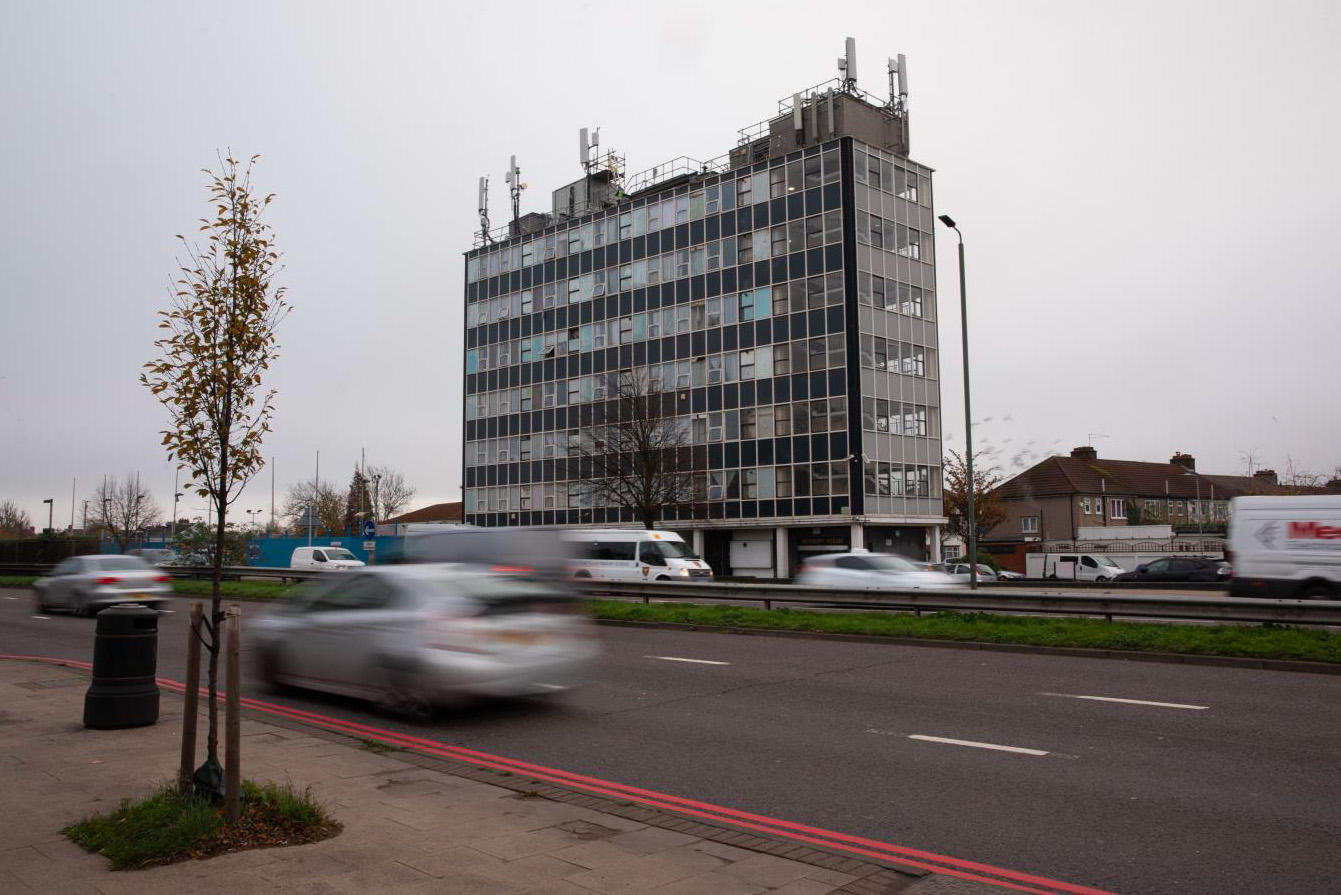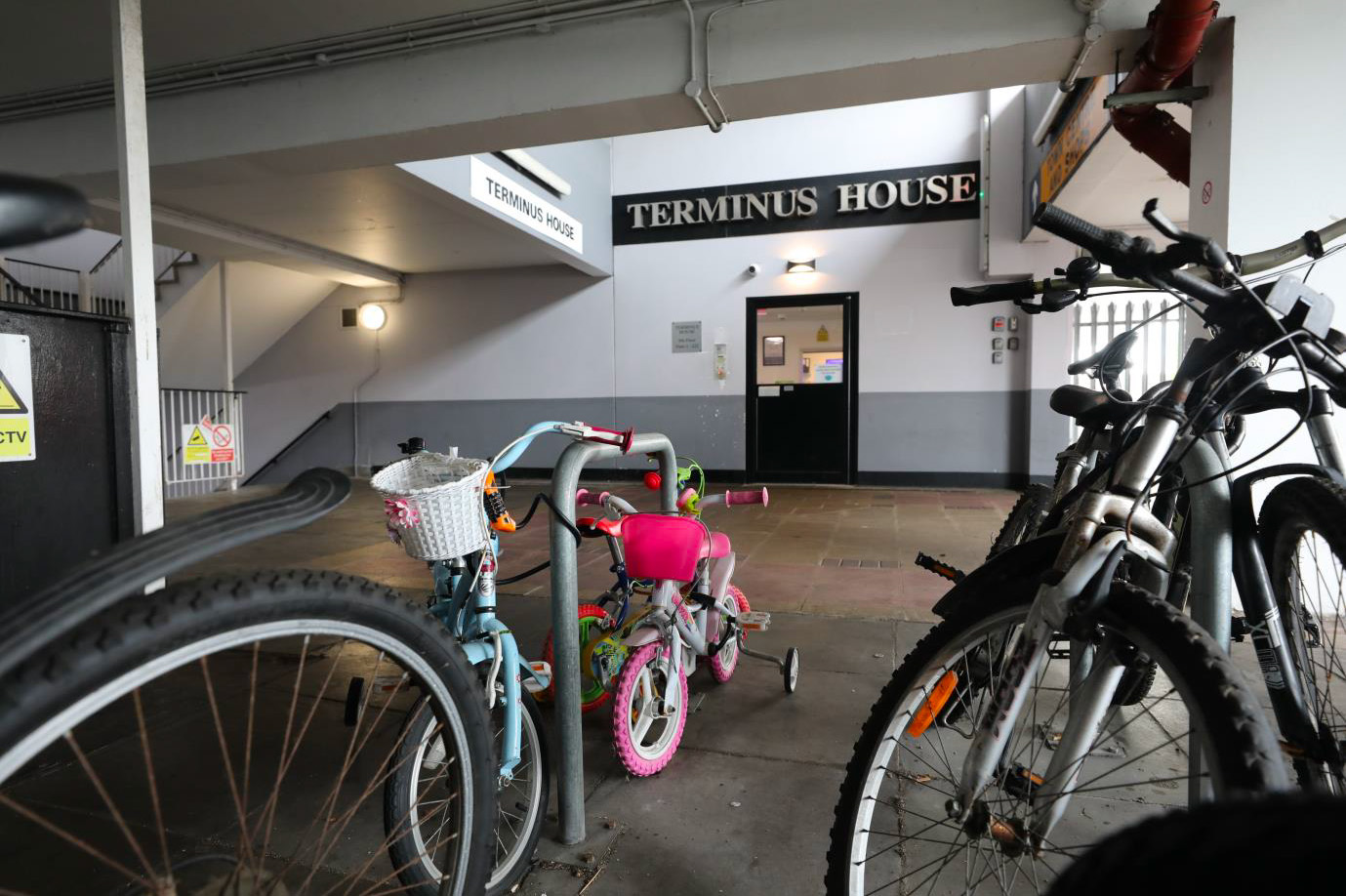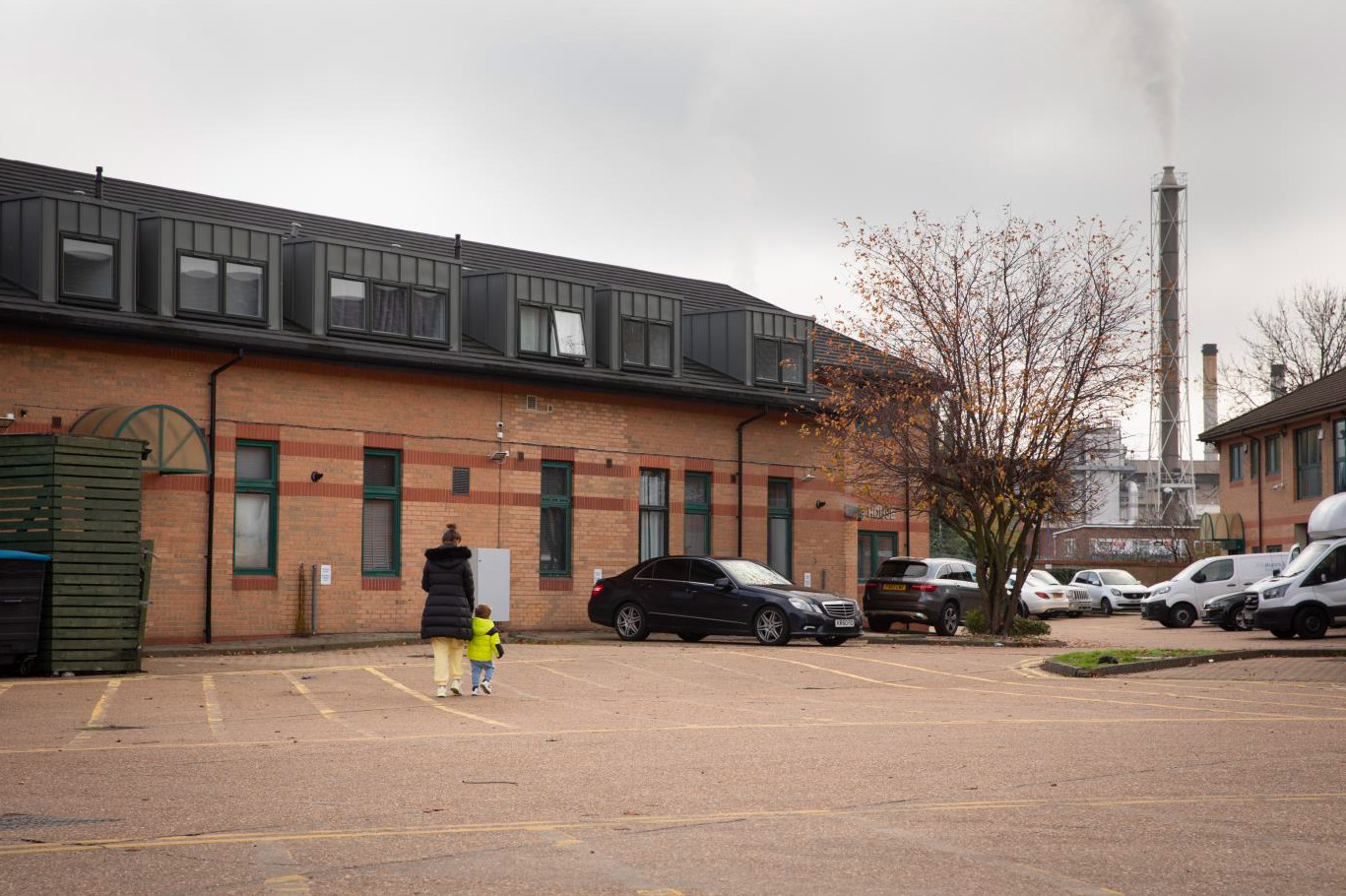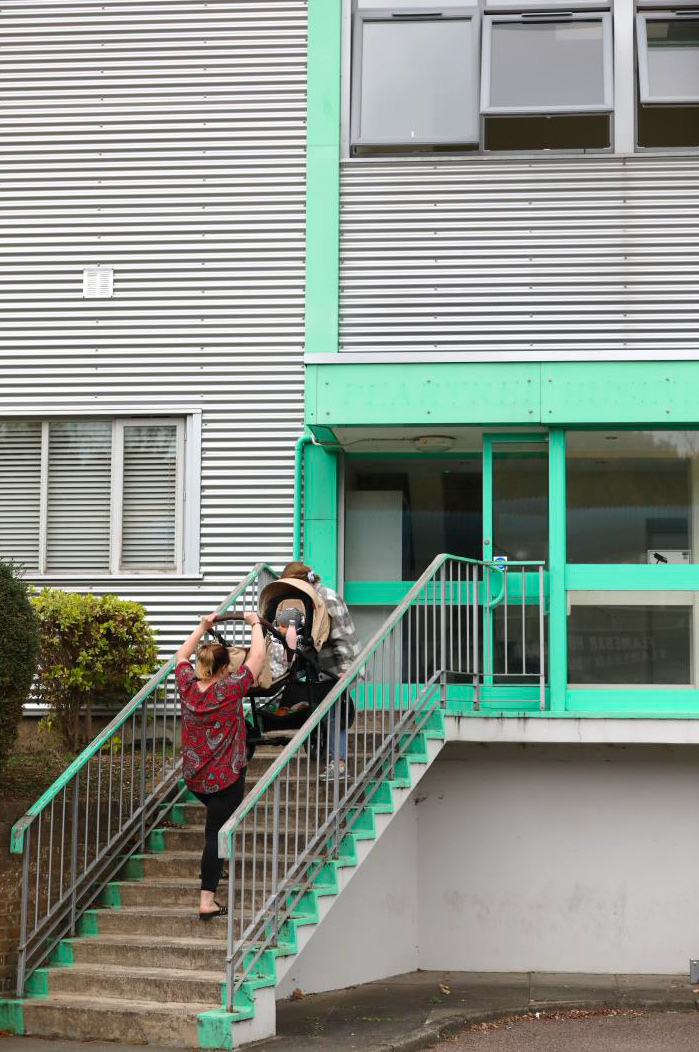Get updates from The Developer straight to your inbox Yes, please!
These Are Homes: The flats produced through Permitted Development Rights
Photographer Rob Clayton exposes the living conditions in PDR homes as part of the TCPA’s Healthy Homes campaign, which has tabled the Healthy Homes principles as amendments to the Levelling Up and Regeneration Bill
These Are Homes draws attention to the conditions that residents face in homes produced through Permitted Development Rights (PDR).
Part of TCPA’s Healthy Homes campaign for an act of parliament based on its principles for quality homes, These Are Homes raises awareness of the proliferation of poor-quality housing in former offices and on industrial estates.
Through the campaign, the TCPA is seeking to create strong regulatory principles that all new developments must deliver to prevent the creation of substandard homes. The Healthy Homes principles have been tabled as amendments to the Levelling Up and Regeneration Bill, including the duty to provide healthy homes and neighbourhoods, the duty to secure healthy homes that provide thermal comfort, daylight, adequate space, clean air, and the right to safety from fire.
As part of the campaign, photographer Rob Clayton was commissioned to capture some of the realities of ‘homes’ created through PDR
The TCPA campaign has reached a critical juncture, with the Committee Stage reading of the bill running from 20 February to 15 March, “a vital window of opportunity to embed the Healthy Homes principles into a key piece of national legislation.”
As part of the campaign, photographer Rob Clayton was commissioned to capture some of the realities of ‘homes’ created through PDR, which allows for office blocks and buildings on industrial estates to be converted into residential properties without requiring planning permission. This means typical housing and neighbourhood planning requirements are not enforced.
An estimated 100,000 PDR dwellings have been created since 2013. Many lack adequate space, security and fire safety, proper ventilation, natural light, access to green space and amenities. Communities are left unprepared and under-resourced for the influx of residents these conversions bring, often leaving fundamental services, such as schools and GP surgeries, ill-equipped for a sudden increase in demand.
Blocks can contain hundreds of substandard flats. A resident of Terminus House in Harlow described the homes as ‘prisons without bars’ and explained how her health has been affected by the cigarette fumes that enter her flat through the light fixtures. In Croydon, a former resident of Delta Point described his flat as ‘dilapidated’ and expressed his relief that he was able to move out. Similar experiences have been raised by people elsewhere in England, with PDR sites throughout the country.
When visiting these PDR hotspots, the extent to which many of the buildings have been shaped by a lack of planning and development control is striking. Many of the buildings are situated along busy roads, have no access to outdoor green space, minimal levels of natural light. Some have broken doors, overfilled rubbish bins and abandoned mattresses at the buildings’ entrances. Poor fire safety measures were evident.
Inside these buildings, flats are often small and lack the basic provisions outlined in the TCPA’s Healthy Homes principles. We face the risk of creating dysfunctional neighbourhoods that are shaped by poor-quality conversions, despite the insurmountable evidence that our health is so dependent on the quality of our homes.
Through this photobook, the TCPA aims to shed light on the lived experiences of PDR residents, as many have no choice but to reside in homes that are jeopardising their health and wellbeing. As Lord Nigel Crisp, a crossbench peer and sponsor of the Healthy Homes Bill, explains, “The principle that housing should support people’s health and wellbeing is a simple one – but we risk losing sight of it.”
The Healthy Homes principles:
a) all new homes should be safe in relation to the risk of fire
b) all new homes should have, as a minimum, the liveable space required to meet the needs of people over their whole lifetime, including adequate internal and external storage space
c) all main living areas and bedrooms of a new dwelling should have access to natural light
d) all new homes and their surroundings should be designed to be inclusive, accessible, and adaptable to suit the needs of all, with particular regard to protected characteristics under the Equality Act 2010
e) all new homes should be built within places that prioritise and provide access to sustainable transport and walkable services, including green infrastructure and play space
f) all new homes should secure radical reductions in carbon emissions in line with the provisions of the Climate Change Act 2008
g) all new homes should demonstrate how they will be resilient to a changing climate over their full lifetime
h) all new homes should be secure and built in such a way as to minimise the risk of crime
i) all new homes should be free from unacceptable and intrusive noise and light pollution
j) all new homes should not contribute to unsafe or illegal levels of indoor or ambient air pollution and must be built to minimise, and where possible eliminate, the harmful impacts of air pollution on human health and the environment
k) and all new homes should be designed to provide year-round thermal comfort for inhabitants
Lord Crisp will be speaking at Festival of Place: Social Impact on the causes of health and wellbeing in place. The digital event runs 27-28 February on Airmeet.
If you love what we do, support us
Ask your organisation to become a member, buy tickets to our events or support us on Patreon
Sign up to our newsletter
Get updates from The Developer straight to your inbox
Thanks to our organisation members
© Festival of Place - Tweak Ltd., 124 City Road, London, EC1V 2NX. Tel: 020 3326 7238
